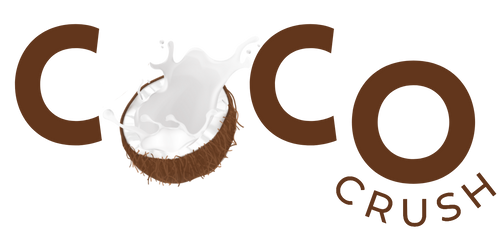Lice infestations are a common frustration, especially for parents of school-aged children. While traditional treatments often rely on harsh chemicals like permethrin, many families are turning to natural lice removal sprays for a gentler approach. But do these plant-based solutions actually work? This guide examines the science behind natural lice treatments, their effectiveness, and how to use them safely.
The Problem with Chemical Lice Treatments
Conventional lice shampoos and sprays often contain:
-
Permethrin and pyrethrins: Neurotoxic to lice but increasingly ineffective due to pesticide resistance (studies show up to 98% of lice are now resistant).
-
Lindane: Banned in many countries due to links to seizures and environmental harm.
-
Synthetic additives: May cause scalp irritation, especially in sensitive skin.
This has fueled demand for natural alternatives—but not all are equally effective.
Science-Backed Natural Ingredients for Lice Removal
Research highlights these potent plant-based options:
1. Tea Tree Oil
-
How It Works: Contains terpenes that suffocate lice and disrupt their nervous systems.
-
Evidence: A 2012 study in Parasitology Research found 1% tea tree oil killed 100% of lice within 30 minutes.
-
Safety Note: Always dilute (max 2% in carrier oils) to avoid skin irritation.
2. Neem Oil
-
How It Works: Azadirachtin compounds disrupt lice growth cycles.
-
Evidence: A 2011 study showed neem extracts had 94–97% mortality rates against lice nymphs.
-
Bonus: Soothes itchy scalps and repels reinfestation.
3. Lavender Oil
-
How It Works: Linalool and acetate paralyze lice.
-
Evidence: Combined with tea tree oil, it showed 97% efficacy in a International Journal of Dermatology trial.
4. Coconut Oil + Apple Cider Vinegar
-
How It Works: Coconut oil suffocates lice; vinegar loosens nit glue.
-
Evidence: A 2019 study found this combo removed 80% of nits when combined with combing.
Commercial vs. DIY Natural Lice Sprays
| Aspect | Commercial Sprays | DIY Sprays |
|---|---|---|
| Ingredients | Standardized potency | Variable potency |
| Convenience | Ready-to-use | Requires preparation |
| Cost | $$ | $ |
| Efficacy | Lab-tested blends | Limited studies on DIY mixes |
Note: Look for commercial sprays with at least 0.5–2% tea tree or neem oil for proven results.
How to Use Natural Lice Sprays Effectively
-
Patch Test: Apply diluted spray to a small skin area first.
-
Apply Generously: Coat hair and scalp, focusing on roots.
-
Comb Out: Use a fine-toothed nit comb after 30–60 minutes.
-
Repeat: Reapply every 3–4 days for 2 weeks to break the life cycle.
-
Launder: Wash bedding and hats in hot water (130°F+).
Pro Tip: Combine with manual combing for best results—studies show combing alone removes 50–70% of lice.
Common Myths Debunked
❌ "Mayonnaise suffocates lice":
-
Truth: Thick coatings may kill some adults but won’t eliminate nits.
❌ "Vinegar alone kills lice":
-
Truth: It only helps dissolve nit glue—not a standalone treatment.
❌ "Essential oils work instantly":
-
Truth: Most require 30+ minutes of contact time.
Safety Considerations
-
For Children: Avoid peppermint/eucalyptus oils under age 6 (risk of breathing issues).
-
Pregnancy: Consult a doctor before using essential oils.
-
Allergies: Test oils on skin first; discontinue if redness occurs.
When to See a Doctor
Seek medical help if:
-
Natural treatments fail after 2 weeks.
-
Signs of infection appear (oozing, fever).
-
Lice persist in eyebrows/lashes (requires special removal).
Final Verdict: Do Natural Sprays Work?
Yes—when used correctly. Key factors for success:
-
Potent Ingredients: Tea tree, neem, or lavender oils at effective concentrations.
-
Consistency: Multiple applications over 2 weeks.
-
Combing: Essential for removing nits.
While not 100% foolproof, natural sprays offer a safer, resistance-proof alternative to chemical treatments.
Shop Now: Looking for a scientifically formulated natural lice spray? Click Here to explore non-toxic, pediatrician-approved options.

